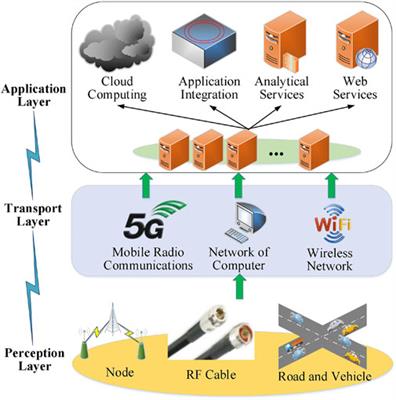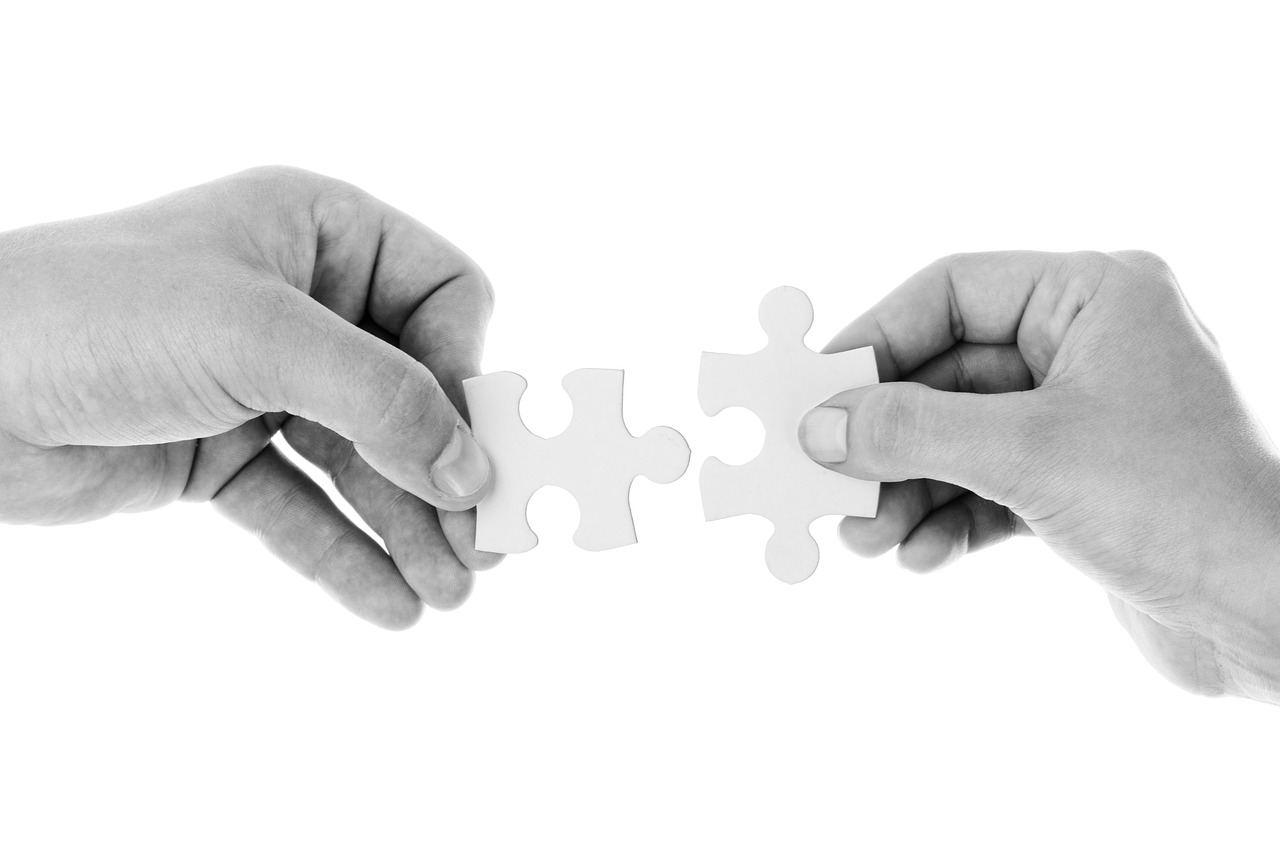Introduction
The Internet of Things (IoT) has transformed the way we interact with the world, creating a seamless connection between the physical and digital realms. IoT encompasses a vast network of interconnected devices, sensors, and systems that collect, transmit, and analyze data, offering unprecedented insights and capabilities. In this article, we will explore the profound impact of IoT on our daily lives, industries, and the future of technology.
The Internet of Things (IoT) has evolved from a futuristic concept into a tangible reality that’s profoundly influencing nearly every facet of our existence. Let’s delve deeper into the far-reaching implications and transformative influence of IoT on our daily lives, industries, and the technological landscape:
1. Everyday Convenience:
- IoT seamlessly integrates into our daily routines, simplifying tasks and enhancing convenience. Smart homes equipped with IoT devices enable us to control lighting, thermostats, and security systems remotely through our smartphones or voice commands.
2. Healthcare Revolution:
- In healthcare, IoT is saving lives and improving patient care. Wearable devices monitor vital signs, and smart medical equipment ensures timely interventions. Telehealth platforms leverage IoT to provide remote consultations and personalized healthcare.
3. Industrial IoT (IIoT):
- Industries are harnessing IIoT to enhance operational efficiency, reduce downtime, and optimize resource utilization. Sensors on machinery and equipment provide real-time data, enabling predictive maintenance and cost savings.
4. Sustainable Practices:
- IoT plays a crucial role in sustainability efforts. Smart grids optimize energy distribution, connected vehicles reduce emissions, and IoT sensors help conserve water resources by monitoring usage and detecting leaks.
5. Enhanced Safety and Security:
- IoT bolsters safety and security across various domains. Smart city infrastructure includes surveillance cameras, smart traffic management, and emergency response systems. IoT also enhances workplace safety by monitoring hazardous conditions.
6. Agriculture and Food Production:
- Precision agriculture employs IoT to optimize crop management, monitor soil conditions, and enhance crop yields. IoT-enabled supply chains ensure food safety and traceability, reducing waste and contamination risks.
7. Data-Driven Insights:
- IoT generates vast amounts of data. Advanced analytics and AI technologies process this data to derive actionable insights. Businesses and organizations make informed decisions based on real-time information.
8. Transportation and Logistics:
- IoT is revolutionizing transportation with connected vehicles, intelligent traffic management, and autonomous driving technologies. In logistics, IoT sensors track shipments, optimize routes, and improve delivery accuracy.
9. Personalized Experiences:
- IoT-driven personalization is evident in retail, entertainment, and marketing. Smart recommendation systems tailor content and products to individual preferences, enhancing user experiences.
10. Connectivity and Interoperability:
– IoT thrives on interoperability. Standardized communication protocols enable diverse devices to work together seamlessly, creating a cohesive IoT ecosystem.
11. Ethical Considerations:
– The proliferation of IoT raises ethical questions related to data privacy, security, and ownership. Striking the right balance between innovation and safeguarding individual rights becomes imperative.
12. Technological Advancements:
– IoT continually fuels technological advancements. The development of 5G networks expands the connectivity and responsiveness of IoT devices, further accelerating IoT adoption.
In conclusion, IoT has transitioned from a technological concept to an integral part of our lives, industries, and the future of technology. Its transformative influence reaches into virtually every sector, enhancing our quality of life, optimizing processes, and driving innovation. As IoT continues to evolve and integrate even deeper into our world, it will unlock new possibilities, redefine business models, and shape the way we interact with our environment. The journey of IoT is far from over; it’s an ongoing narrative of connectivity, insights, and limitless potential.
For additional details, consider exploring the related content available here Learn Key Concepts With Introduction To IoT Course | Networking …
The IoT Ecosystem
Connected Devices: IoT comprises an ever-expanding array of devices, from smart thermostats and wearables to industrial sensors and autonomous vehicles. These devices are equipped with sensors, processors, and communication modules, enabling them to collect and share data.
Data Exchange: The core of IoT is data exchange. Devices gather real-time information and transmit it over the internet or private networks. This data can include temperature readings, location data, health metrics, and much more.
Cloud Computing: IoT data is often processed and analyzed in the cloud. Cloud computing provides the storage and computational power necessary to derive insights and make real-time decisions based on the incoming data.
Additionally, you can find further information on this topic by visiting this page: What is the IoT? Everything you need to know about the Internet of …

IoT in Everyday Life
Smart Homes: IoT has revolutionized home automation. Smart thermostats adjust temperatures based on occupancy, while voice-activated assistants control lights, appliances, and security systems. These innovations enhance convenience and energy efficiency.
Healthcare: Wearable devices, such as fitness trackers and smartwatches, monitor vital signs and track health metrics. IoT-enabled medical devices allow for remote patient monitoring, enabling timely interventions and improving healthcare outcomes.
Transportation: IoT plays a crucial role in transportation and logistics. Connected vehicles gather data on performance, traffic conditions, and driver behavior. This data is used for vehicle maintenance, route optimization, and enhancing road safety.

IoT in Industries
Manufacturing: IoT has given rise to the concept of Industry 4.0, where factories are equipped with sensors and IoT-enabled devices. This allows for predictive maintenance, quality control, and real-time monitoring of production processes.
Agriculture: Precision agriculture leverages IoT to optimize crop management. Sensors measure soil conditions, moisture levels, and weather data to maximize yields while conserving resources like water and fertilizers.
Smart Cities: IoT transforms cities into smart, efficient ecosystems. Smart traffic lights reduce congestion, waste management is optimized through IoT-powered bins, and environmental sensors monitor air quality and pollution levels.
Additionally, you can find further information on this topic by visiting this page: The Internet of Things (IoT): Connecting the World Around Us

Future Trends and Challenges
5G Connectivity: The rollout of 5G networks will accelerate IoT adoption by providing faster and more reliable connections, enabling real-time data transfer and enhancing IoT capabilities.
Security and Privacy: As IoT devices proliferate, security and privacy concerns grow. Protecting IoT ecosystems from cyber threats and ensuring data privacy will be paramount.
Standardization: Establishing industry standards for IoT is essential to ensure interoperability and the smooth integration of devices from different manufacturers.
Energy Efficiency: IoT devices are becoming more energy-efficient, but sustainable power sources and responsible e-waste management remain challenges.
Explore this link for a more extensive examination of the topic: Concerns about the future of people’s well-being and digital life …

Conclusion
The Internet of Things is no longer a futuristic concept; it is an integral part of our lives and industries. As IoT continues to evolve, it will drive innovation, improve efficiency, and transform the way we work and live. However, addressing security, privacy, and sustainability concerns will be essential to realizing the full potential of this interconnected world. The IoT revolution is here to stay, and it promises a future where our environment, businesses, and daily activities are seamlessly connected and optimized for the betterment of society.
The Internet of Things is no longer a futuristic concept; it is an integral part of our lives and industries. As IoT continues to evolve, it will drive innovation, improve efficiency, and transform the way we work and live. However, addressing security, privacy, and sustainability concerns will be essential to realizing the full potential of this interconnected world. The IoT revolution is here to stay, and it promises a future where our environment, businesses, and daily activities are seamlessly connected and optimized for the betterment of society.
- Industry Transformation: IoT is reshaping industries such as manufacturing, healthcare, agriculture, and transportation. Smart factories, telemedicine, precision farming, and autonomous vehicles are just a glimpse of what’s possible.
- Real-time Insights: IoT devices generate massive amounts of data, providing organizations with valuable insights for decision-making. Real-time data analytics and predictive maintenance can optimize operations and reduce costs.
- Smart Cities: IoT plays a pivotal role in building smart cities. Smart infrastructure, efficient transportation, and intelligent energy management can enhance urban living, reduce congestion, and lower environmental impact.
- Healthcare Revolution: IoT-enabled medical devices and remote monitoring are transforming healthcare. Patients can receive care at home, and doctors can access real-time patient data for better diagnoses and treatment.
- Environmental Impact: IoT can help address environmental challenges. Smart meters, waste management, and climate monitoring contribute to more sustainable resource management.
- Consumer Convenience: Smart homes and wearable devices enhance convenience and comfort. From thermostats that adjust based on user preferences to fitness trackers that promote healthier lifestyles, IoT enhances daily life.
- Accessibility: IoT devices can improve accessibility for people with disabilities, enabling greater independence and inclusion.
- Global Connectivity: IoT connects devices and systems globally, fostering international collaboration and innovation.
- Emerging Technologies: IoT intersects with emerging technologies like AI and edge computing, creating new possibilities for automation and intelligence.
- Data Privacy: Protecting user data and privacy will remain a top concern. Robust data protection measures and user consent mechanisms are crucial.
- Security: IoT devices can be vulnerable to cyberattacks. Ensuring strong cybersecurity measures is essential to prevent data breaches and system compromises.
- Scalability: IoT deployments need to scale efficiently to accommodate billions of devices while maintaining reliability and performance.
- Regulatory Compliance: IoT solutions must adhere to evolving regulations and standards, especially regarding data privacy and security.
- Ethical Considerations: The ethical use of IoT data, including issues related to consent and potential bias in AI algorithms, will require ongoing scrutiny.
- Energy Efficiency: IoT devices should be designed with energy efficiency in mind to reduce their environmental footprint.
- Interoperability: Ensuring that IoT devices and platforms can work together seamlessly is essential for maximizing the benefits of IoT.
As we navigate the IoT revolution, collaboration among technology providers, policymakers, and society at large will be crucial to addressing challenges and realizing the vast potential of this interconnected world. By embracing IoT responsibly and sustainably, we can shape a future where innovation and connectivity improve lives, industries, and our planet.
To delve further into this matter, we encourage you to check out the additional resources provided here: What is the internet of things? | IBM
